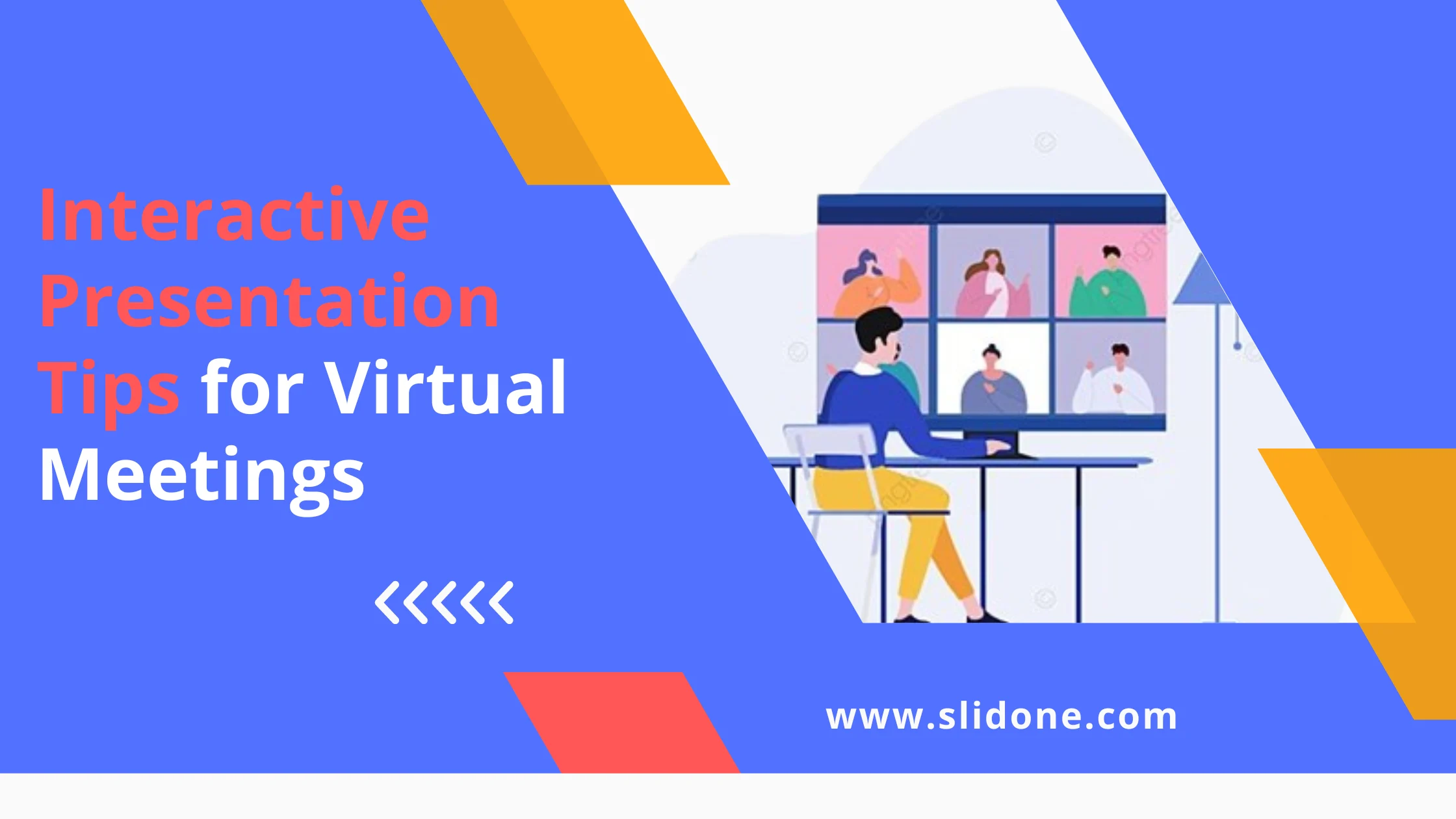In today’s workplace, virtual meetings are very important. However, keeping participants engaged can be difficult. One great solution is to use interactive presentations. These presentations not only grab attention but also promote active involvement. In this article, we will provide simple interactive presentation tips that will make your next virtual meeting more engaging and effective. By using these strategies, you can transform your meetings into dynamic experiences where everyone participates. Whether you’re sharing ideas, discussing projects, or brainstorming solutions, interactive presentations can help keep your audience focused and interested. Let’s explore how to make your presentations lively and enjoyable for everyone involved!
Understanding the Importance of Interactivity
Why Interactivity Matters
Interactivity is crucial in virtual meetings for several reasons:
- Engagement: Interactive elements keep participants focused and involved.
- Feedback: Real-time interaction provides immediate feedback and insights.
- Retention: Active participation helps in better retention of information.
Preparing for Your Interactive Presentation
Know Your Audience
Understanding your audience is the first step in preparing an effective interactive presentation. Consider the following:
- Demographics: Age, profession, and familiarity with the topic.
- Interests: What interests and motivates your audience?
- Technical Skills: Ensure your audience is comfortable with the tools and platforms you plan to use.
Set Clear Objectives
Define what you want to achieve with your presentation. Clear objectives help in designing the content and choosing the right interactive elements. For example:
- Inform: Share new information or updates.
- Educate: Teach a new skill or concept.
- Engage: Foster discussion and participation.
Choosing the Right Tools
Interactive Presentation Software
Several tools can enhance the interactivity of your virtual meetings. Here are a few popular ones:
1. Slidone
Slidone allows you to create polls, quizzes, and Q&A sessions within your presentation. It integrates seamlessly with popular platforms like Zoom and Microsoft Teams.
2. Mentimeter
Mentimeter enables real-time polling, quizzes, and word clouds. It’s user-friendly and enhances audience engagement with instant feedback.
3. Google Slides with Add-ons
Google Slides can be enhanced with various add-ons like Poll Everywhere and Pear Deck to add interactive features.
Designing Your Presentation
Use Visuals and Multimedia
Incorporate visuals and multimedia to make your presentation more engaging:
- Images and Infographics: Use images and infographics to break up text and illustrate points.
- Videos: Short videos can explain complex concepts or provide real-life examples.
- Animations: Use animations sparingly to highlight key points and maintain interest.
Include Interactive Elements
Adding interactive elements encourages participation:
- Polls and Quizzes: Regularly use polls and quizzes to gauge understanding and keep the audience engaged.
- Q&A Sessions: Allocate time for questions and answers to address audience queries.
- Live Chats: Use live chat features to encourage discussions and feedback.
Realistic Example: Team Meeting on Project Progress
In a team meeting about project progress, you can:
- Start with a quick poll asking team members about their current mood.
- Use a word cloud to gather their thoughts on the project’s biggest challenges.
- Show a short video of the project’s latest achievements.
- Conduct a quiz to test their knowledge on project milestones.
- End with a Q&A session to address any concerns.
Engaging Your Audience During the Presentation
Start with an Icebreaker
Begin your presentation with an icebreaker to warm up the audience:
- Fun Polls: Ask a light-hearted question, such as their favorite remote work snack.
- Short Introductions: Have participants introduce themselves in the chat.
Keep It Short and Focused
Virtual attention spans are shorter than in-person. Keep your presentation concise and focused:
- Break Content into Chunks: Present information in small, manageable chunks.
- Use Bullet Points: Summarize key points with bullet points instead of lengthy paragraphs.
- Frequent Interactions: Include interactive elements every few minutes to maintain engagement.
Encourage Participation
Encourage active participation throughout the presentation:
- Ask Questions: Pose questions to the audience and invite responses via chat or polls.
- Group Activities: Use breakout rooms for small group discussions or activities.
- Real-Time Feedback: Use tools like reaction emojis or thumbs up/down for quick feedback.
Post-Presentation Engagement
Follow Up with a Survey
After the presentation, send a follow-up survey to gather feedback and insights:
- Evaluate Effectiveness: Assess how well the presentation met its objectives.
- Collect Suggestions: Gather suggestions for future improvements.
- Measure Engagement: Measure participant engagement and satisfaction.
Share Presentation Materials
Provide participants with access to the presentation materials:
- Slides and Recordings: Share slides and a recording of the presentation.
- Additional Resources: Include links to additional resources or reading materials.
- Interactive Elements: Provide access to interactive elements like quizzes or polls for future reference.
Realistic Example: Client Training Session
In a client training session, you can:
- Start with an icebreaker poll asking about their experience with the product.
- Use a live demo video to showcase product features.
- Conduct a quiz to test their understanding of the product’s functions.
- End with a Q&A session to address any questions.
- Follow up with a survey to gather feedback on the training session.
- Share the recording and additional resources via email.
Conclusion
Creating interactive presentations for virtual meetings is essential to maintain engagement and ensure effective communication. By understanding your audience, setting clear objectives, choosing the right tools, designing interactive content, and encouraging participation, you can create impactful and engaging presentations.


